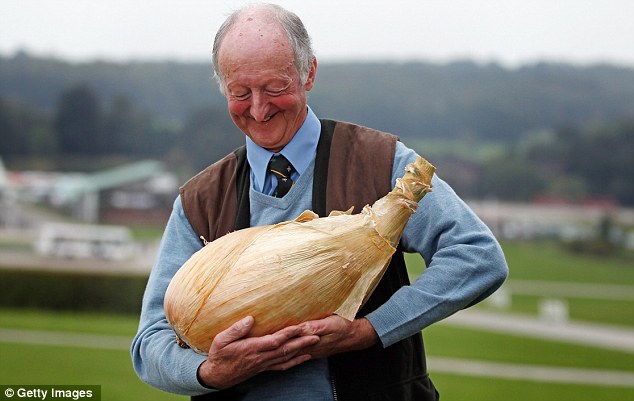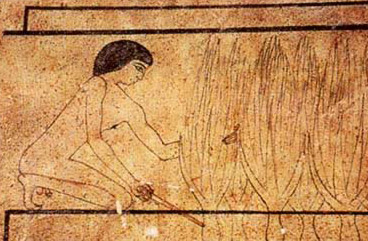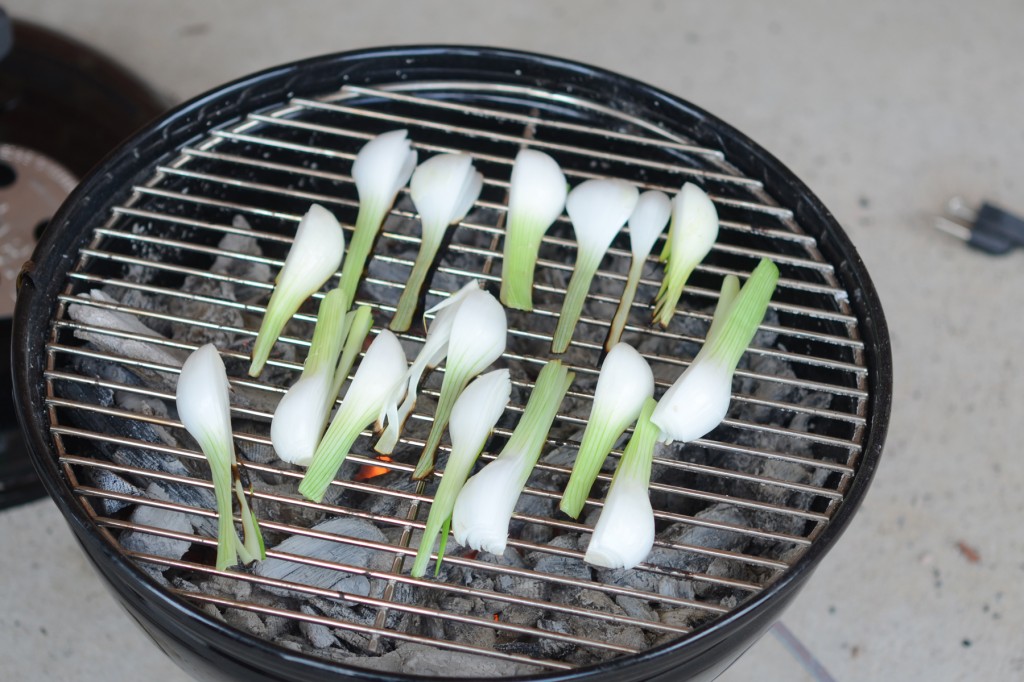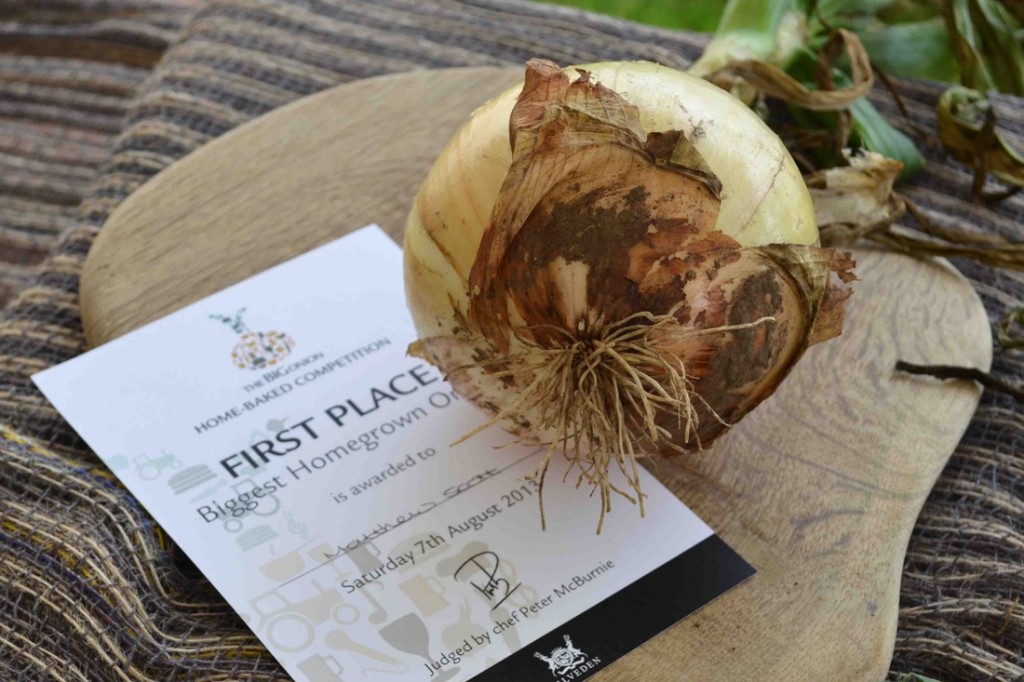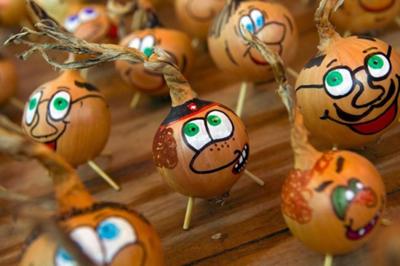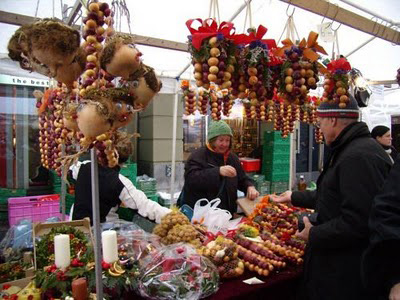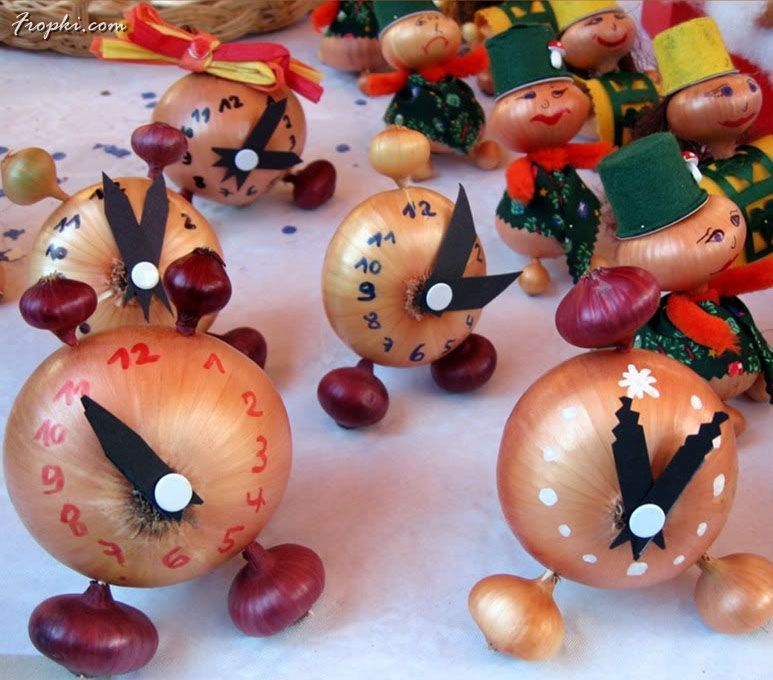The Onion: A Brief Science & History
The onion is so common a sight in the kitchens and gardens of the world that it scarcely seems worth a mention. But like so many of the things we take for granted there’s plenty more to the humble onion than a tin of soup and a cheap filler in a stew.
Onion History
The onion (Allium cepa) has been a part of human existence and experience for millenia. It grows easily, it stores well and it has a number of uses, so it’s no huge surprise that the onion has become a worthy human companion. Bronze age settlements have been found with the remains of onions dating back to 5000 BC. It’s not clear whether these had been cultivated or just found growing willy nilly by our ancient ancestors.
It seems that the cultivation of onions probably started a couple of thousand years ago in Egypt; around the same sort of time that garlic and leeks were being grown.
It’s quite possible that the builders of the pyramids were fed with radishes and onions. Imagine that… a long day, of life threateningly hard, back-breaking work: “what’s for dinner Mable?… what? Onions and radishes? We had that yesterday… are you sure there aren’t any chips or anything?… no? So you’ve just got onions and radishes? Great. Thanks Mable.” (NB that exchange may not have really taken place).
The ancient Egyptians actually worshiped the onion, as bonkers as that sounds. They thought its neat concentric layers and spherical shape symbolized eternal life. They were even used in burials and traces of onion were found in the eye sockets of Ramesses IV. How about that?
Athletes in ancient Greece ate buckets of the things because they thought onions lightened the balance of food. Meanwhile, in ancient Rome, gladiators rubbed themselves down with onions believing that they firmed up the muscles.
In the middle ages people would pay their rent with onions and give them as gifts.
CLICK HERE FOR PICTURES OF MASSIVE VEGETABLES
Health
In the middle ages doctors prescribed onions for a variety of physical woes from snake bits and bowel complaints to erectile dysfunction and hair loss. Onions contain vitamin C, vitamin B6, folic acid and numerous other nutrients in small amounts and are low in fats and in sodium. Onions also contain chemical compounds such as phenolics and flavonoids that basic research shows to have potential anti-inflammatory, anti-cholesterol, anticancer and antioxidant properties.
Onions were used to raise the fertility levels in a multitude of animals, but recent research has shown that onions are actually toxic to many beasts including dogs, cats, monkeys and guinea pigs. This is thanks to sulfoxides which many animal’s guts simply can’t deal with.
In India some sects won’t touch onions because they are considered a strong aphrodisiac. Some Buddhist sects avoid them too, believing that they increase desire when eaten cooked and anger when eaten raw.
In the past onions have been used as a moth repellent and to prevent insect bites. They’ve been used to polish glass and prevent iron rust. Apparently if you pour boiling water on an onion then spray the cooled liquid on plants it puts off potential pests. They can also be utilised to produce a browny-yellow dye. There really is no end to the wonder of the onion. But there is nothing perfect on this earth, not even the onion…
CLICK HERE FOR THE HISTORY OF THE AVOCADO
Why Do Onions Make Me Cry?
Because you’re a girl. Only kidding of course. When you chop an onion you break open cells releasing enzymes called alliinases these enzymes break down amino acid sulfoxides and generate sulfenic acids. One of these sulfenic acids, 1-propenesulfenic acid, is rapidly acted on by a second enzyme – the lachrymatory factor synthase (LFS). This final reaction gives off a volatile gas called syn-propanethial-S-oxide, also known as lachrymatory factor or LF. Once the gas reaches your eyes it activates sensory neurons and creates a stinging sensation, tears then get to work to flush the eyes clear. Simple as that.
But there is still hope: in 2008, the New Zealand Crop and Food institute created a strain of “no tears” onions by using gene-silencing biotechnology to prevent synthesis by the onions of the LFS enzyme. Fingers crossed that will catch on. You can also avoid crying from onions by chopping them under water (which sounds both inconvenient and dangerous), blowing a fan across the chopping board (which seems like a logistical nightmare). Personally I advise that you just get a grip and deal with it.
China is the biggest producer of onions and in 2012 they managed to well over 20 million tons of the wonderful stuff. So. In summary onions are great and they won’t be disappearing from our larders any time soon.
They might make you cry but at least you feel alive. I’ll leave you with a quote that I found on the National Onion Association website:
Banish (the onion) from the kitchen and the pleasure flies with it. Its presence lends color and enchantment to the most modest dish; its absence reduces the rarest delicacy to hopeless insipidity, and dinner to despair.
CLICK HERE FOR A KILLER CHILLI SAUCE RECIPE

